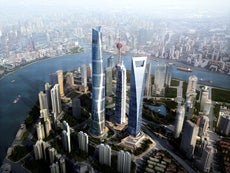Looking for more insights?
Sign up to stay informed about our latest article releases.
Shanghai is anything but shy about sharing its plans to become a top-tier international financial center by 2020. That was made abundantly clear with the unveiling in May of the Bund Bull. The statue not only pays homage to its Wall Street iconic counterpart, but also is a reflection of the city’s desire to challenge the financial dominance of New York, and London as well. But even with the full backing of the central government, the Shanghainese have plenty to do if they want to make the 2020 deadline.

Sign up to stay informed about our latest article releases.